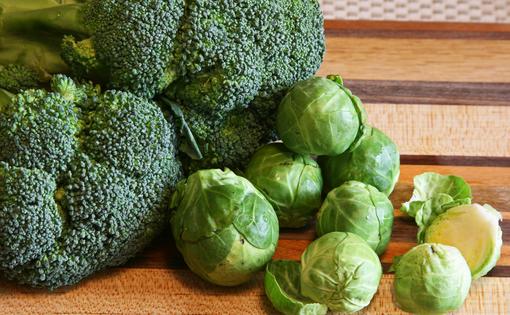Environmental Nutrition: Celebrate cruciferous vegetables
There's a reason you feel that tingle on your tongue when you bite into a raw kale salad or a crisp fresh radish: Both kale and radishes are cruciferous vegetables and sources of sulfur - containing compounds called glucosinolates, which are responsible for imparting a characteristic pungent, sometimes spicy, flavor -- as well as health benefits.
A number of vegetables besides kale and radish belong to the cruciferous family (also known as Brassica), including arugula, broccoli, bok choy, cabbage, cauliflower, collard greens, Brussels sprouts, horseradish, kohlrabi, mustard greens, rutabaga, Swiss chard, turnips, wasabi and watercress. This group of vegetables provides a modest supply of calories (4 to 50 calories per one-cup raw serving, depending on the vegetable), but packs in a variety of vitamins, minerals and fiber.
Cancer preventers: Cruciferous vegetables have notable cancer-fighting potential. According to the American Institute for Cancer Research, sulforaphane and isothiocyanates (compounds formed from glucosinolates) reduce oxidative stress and inflammation, slow cancer cell growth, and turn "off" a gene connected to cancer and aging. Several studies have linked high intake of cruciferous vegetables to lower risk of certain types of cancer, including lung, colorectal and prostate.
It's a good idea to include cruciferous vegetables in your diet each day -- in salads, soups, stews, casseroles and side dishes. Start with those listed, but note that there are more in the cruciferous family.
(Environmental Nutrition is the award-winning independent newsletter written by nutrition experts dedicated to providing readers up-to-date, accurate information about health and nutrition in clear, concise English. For more information, visit www.environmentalnutrition.com.)







